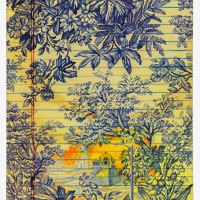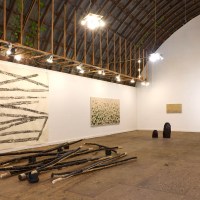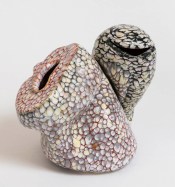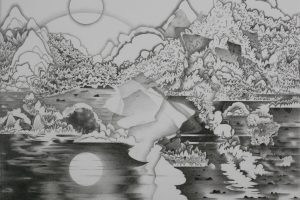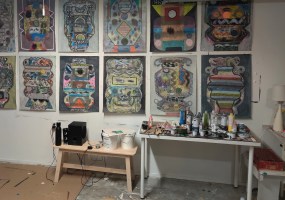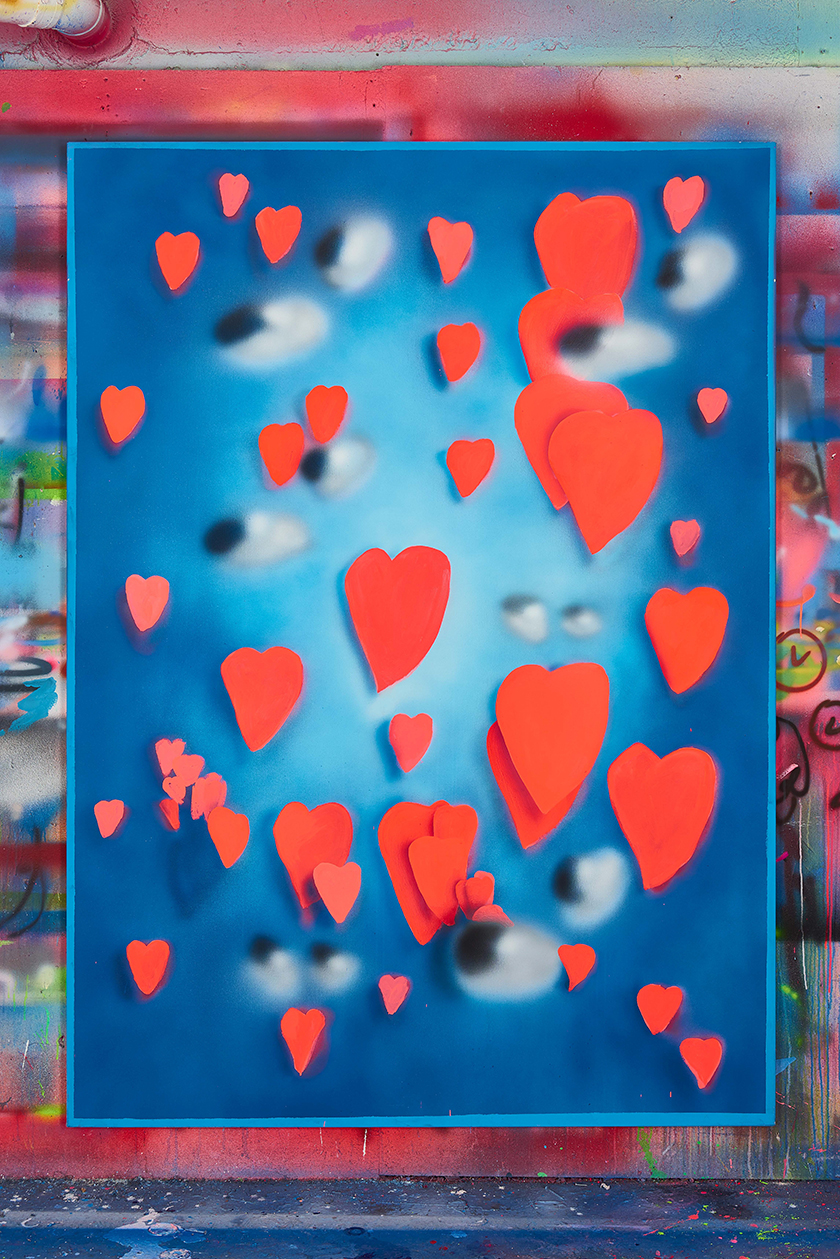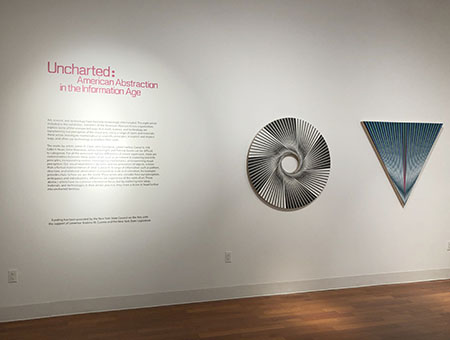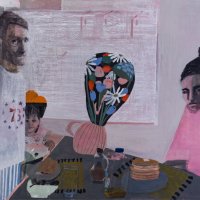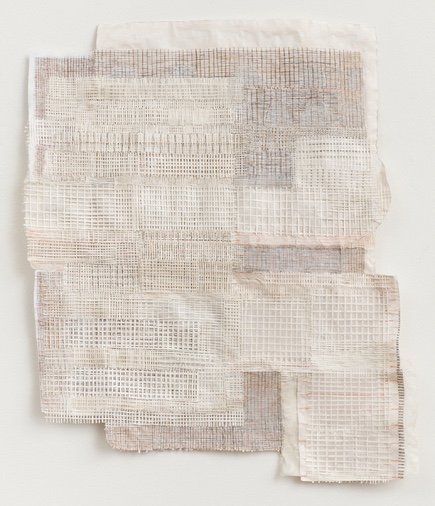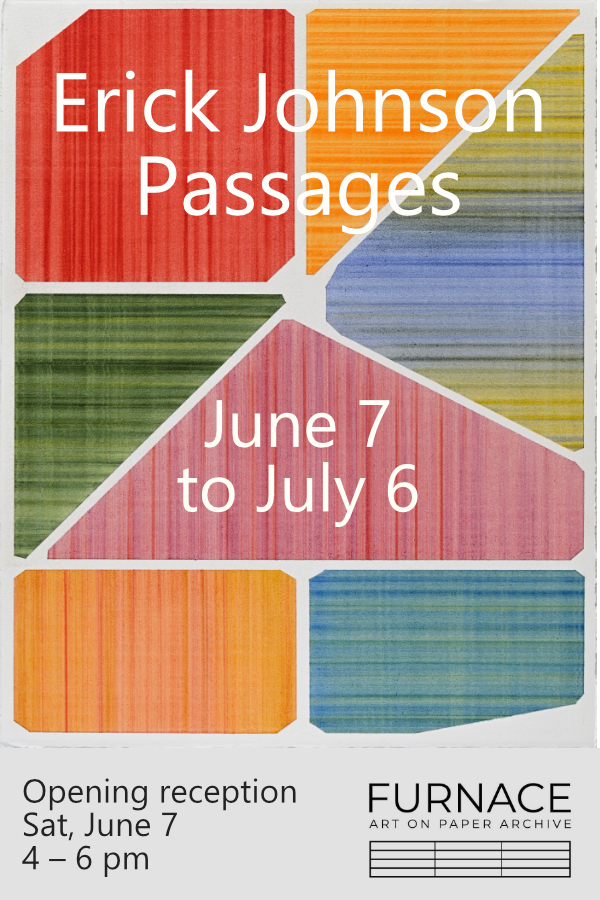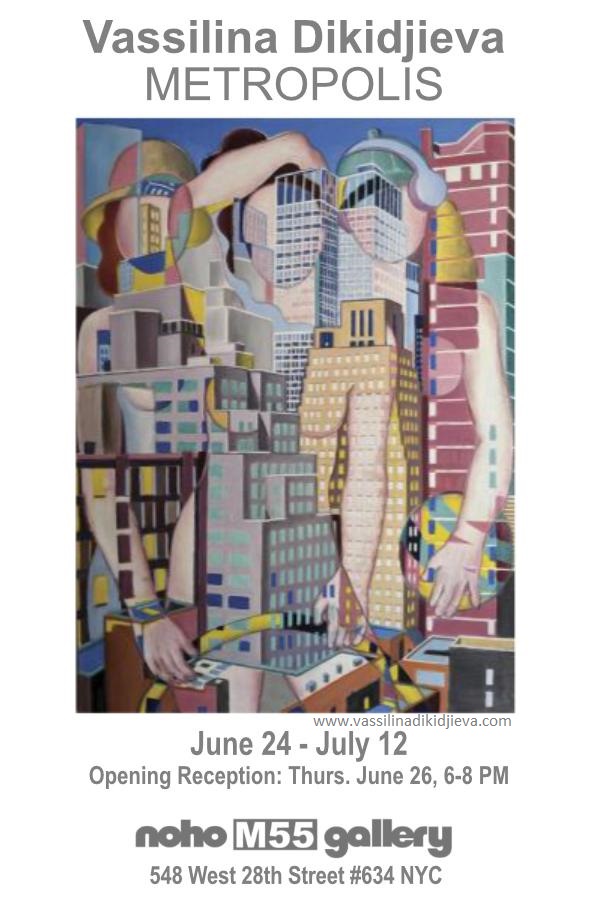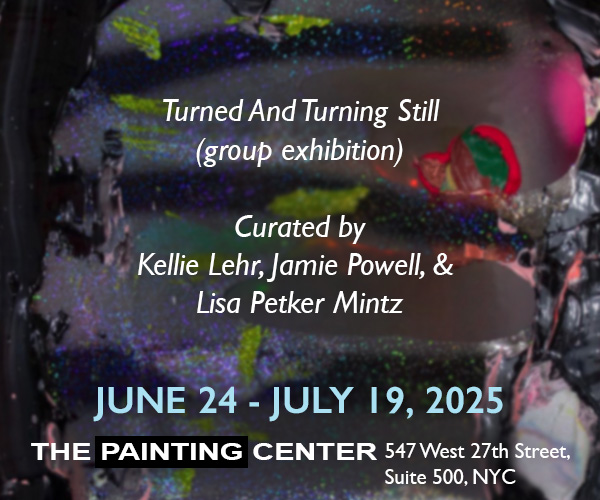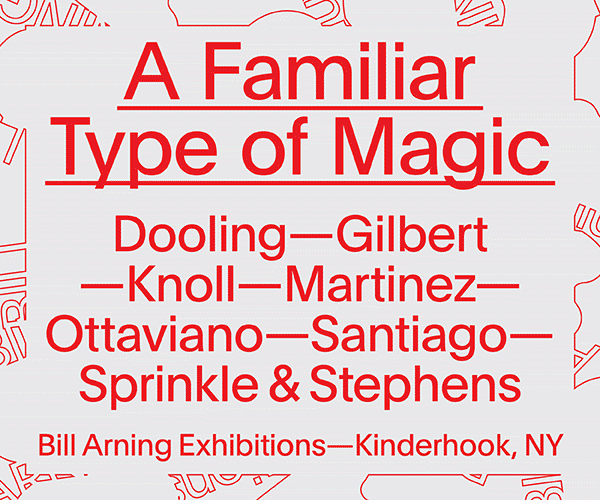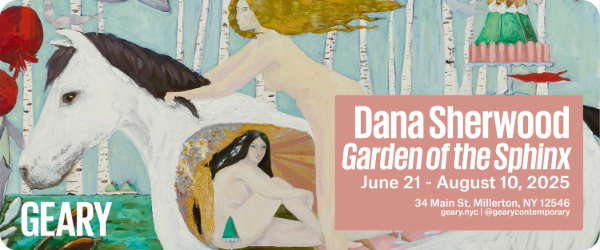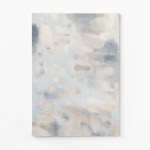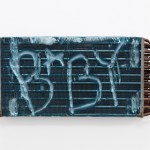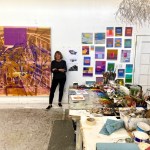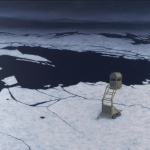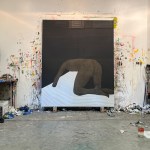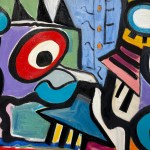Contributed by Jonathan Stevenson / Daina Higgins began her vocation as an artist in the 1990s as a quintessential outsider: she was not only a graffiti artist in her native Columbus but also one of the few young women then so engaged there. Her noirish attraction to the oblique angles and ominous shadows of a presumptively benighted urban landscape in the Rust Belt has never flagged. At the same time, her paintings and drawings have acquired the existential gravitas that comes, if an artist has the requisite talent and mind, with the travails of life, the burden of lineage, and the compulsion to reflect on them.
Catalogue Essays
Interview: Kathleen Kucka and Janis Stemmermann’s ongoing conversation
Contributed by Laurie Fendrich / Kathleen Kucka and Janis Stemmermann have been friends for nearly four decades — since they first met as young artists in the 1980s in New York City. “Our life was all about art — figuring out how to get by, make work, see work, and hang out so we could talk about it. In many ways,” Janis told me, “that really hasn’t changed.” This month, on the occasion of “Continuum,” their two-person show at Re Institute in Millerton, NY, we talked about the conversation they’ve been having for the past forty years.
Elizabeth Gilfilen: De-defining the gesture
Contributed by Vittorio Colaizzi / “I vehemently reject the claim that mark making by itself harbors any potential.” This was Isabelle Graw in conversation in 2010 with Achim Hochdörfer. The previous year, the latter had published his essay, “A Hidden Reserve”, chronicling a persistent but transformed and inquisitive use of the gesture by artists such as Joan Snyder and Simon Hantaï, after the myth of its unrestricted access to the inner self had been thoroughly critiqued by virtue of the encaustic and enamel regimentations of Jasper Johns and Frank Stella. It is not certain, however, whether mark-making can ever be “by itself,” as Graw puts it. Certainly, it carries with it endless associations and ever-shifting positions. Upon her first encounter with Abstract Expressionism, a young Louise Fishman saw in it a queer language suitable to her own alienation, in contradiction to its macho orthodoxy, while Amy Sillman similarly emphasizes painting’s potential to transgress categories. Hochdörfer’s corollary thesis, relevant to this day, is the dialectic between “literalism and transcendence,” or the acknowledgement of art’s concrete materiality versus the expectation and oft-reported experience of transformation, metaphor, or perceptual intensification.
Elisa D’Arrigo: Between the beautiful and the grotesque
Contributed by Kay Whitney / There is a fundamental paradox at work in Elisa D’Arrigo’s ceramic objects — while they are unmistakably beautiful, they break every standard for what is considered “beautiful.” They are small, shambolic, eccentric objects lacking symmetry; they are not overtly colorful and don’t attempt to please. They are humble, not loudly announcing nor applauding their own appearance; understated and private, the viewer must come to them. Rather than exhibiting the mechanical surfaces of a wheel-thrown or machine-made object, her forms bear the imprint of her hands and in that way reveal the processes of their making.
Jack Whitten: The Greek Alphabet Paintings
Contributed by Matilde Guidelli-Guidi / In the 1970s, Jack Whitten developed a unique painting language driven by process and concept and characterized by material experimentation, dense luminosities, and multidimensionality. This exhibition brings together forty works from Whitten’s land- mark Greek Alphabet series, realized in his downtown New York studio between 1975 and 1978. The paintings were on view at DIA Beacon through July 10, 2023.
Alyssa Fanning: Ravishing Devastations
Contributed by Patrick Neal / When I first saw the artist Alyssa Fannings linoleum prints and oil paintings depicting demolition and littered industrial sites around her neighborhood close to New Jerseys Van Buskirk Island and the Hackensack River, they immediately brought to mind the empty lots and urban decay bordering my own neighborhood of Long Island City, Queens.
Sue Havens: Encoding history
Contributed by Sharon Butler / Sue Havens history her searching and sometimes painful life experiences and her adventurousness in the studio are distinctly encoded, like a unique double helix of molecular structure, in the complex work she has produced this past year.
Austin Lee’s muscular blankness
Something there badly not wrong — Samuel Beckett, Worstward Ho Contributed by David Humphrey / The spinning rainbow symbol interrupts our screen time. Buffered and […]
Catalogue essay: Abstract Art Does Not Stop an Hour
Contributed by Laurie Fendrich / The works in Uncharted: American Abstraction in the Information Age are, for all their reliance on what we call “technology,” […]
Catalogue essay: Elisabeth Condon’s flowers and the visionary impulse
Contributed by Jason Stopa / Some painting of the last decade presents itself as politically neutral, simply about aesthetic taste, and lacks any stakes. Others […]
Catalogue essay: Paul Pieroni on Peter Halley’s 1980s painting
The aim of this text, which was originally published as “Facts are Useless in Emergencies” in Peter Halley: Paintings of the 1980s The Catalogue Raisonne, […]
Catalogue Essay: Aubrey Levinthal at Nancy Margolis
Contributed by Samantha Mitchell / In his definition of heterotopia (of which utopia and dystopia are types), Michel Foucault writes about the mirror as an […]
Korean monochrome: Suh Seung Won
Contributed by Raphael Rubinstein / Among the most welcome developments of the past few years in the U.S. art world has been the appearance, long […]
Catalogue essay: Raphael Rubinstein on Drew Shiflett
Raphael Rubinstein wrote the following essay, “Eccentric Modularity,” on the occasion of Drew Shiflett’s elegant solo show of new collage pieces, on view through June 30, […]
Thomas Micchelli on Cordy Ryman
Note: This essay, written by artist and art writer Thomas Micchelli, originally appeared in the catalogue for “Free Fall,” Cordy Roman‘s 2017 solo show at Tower […]

